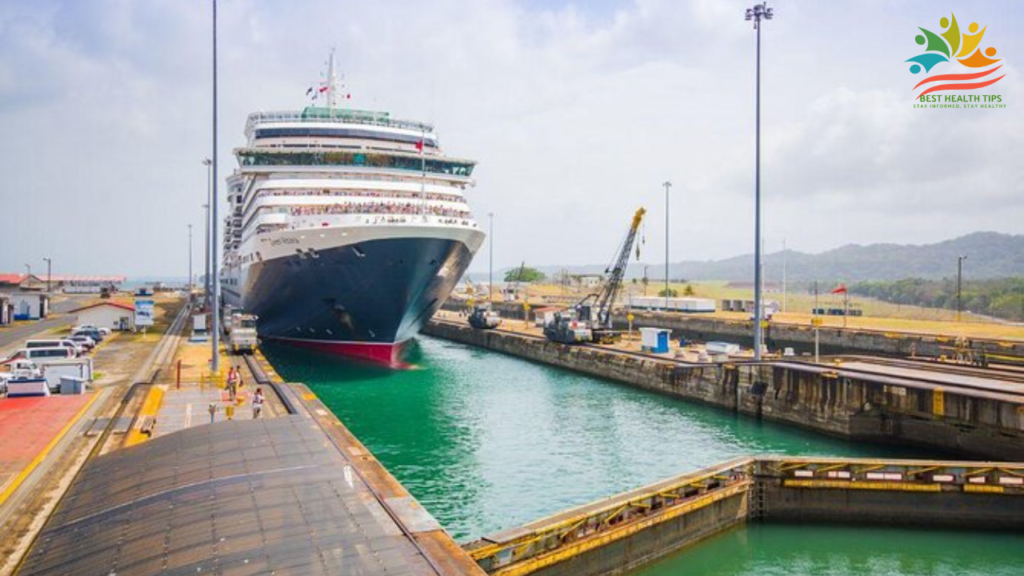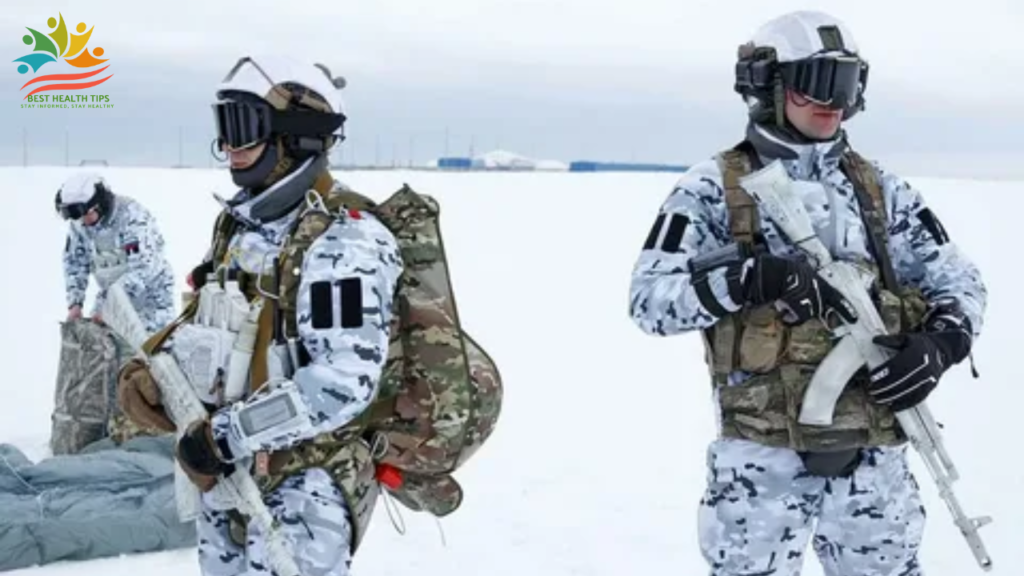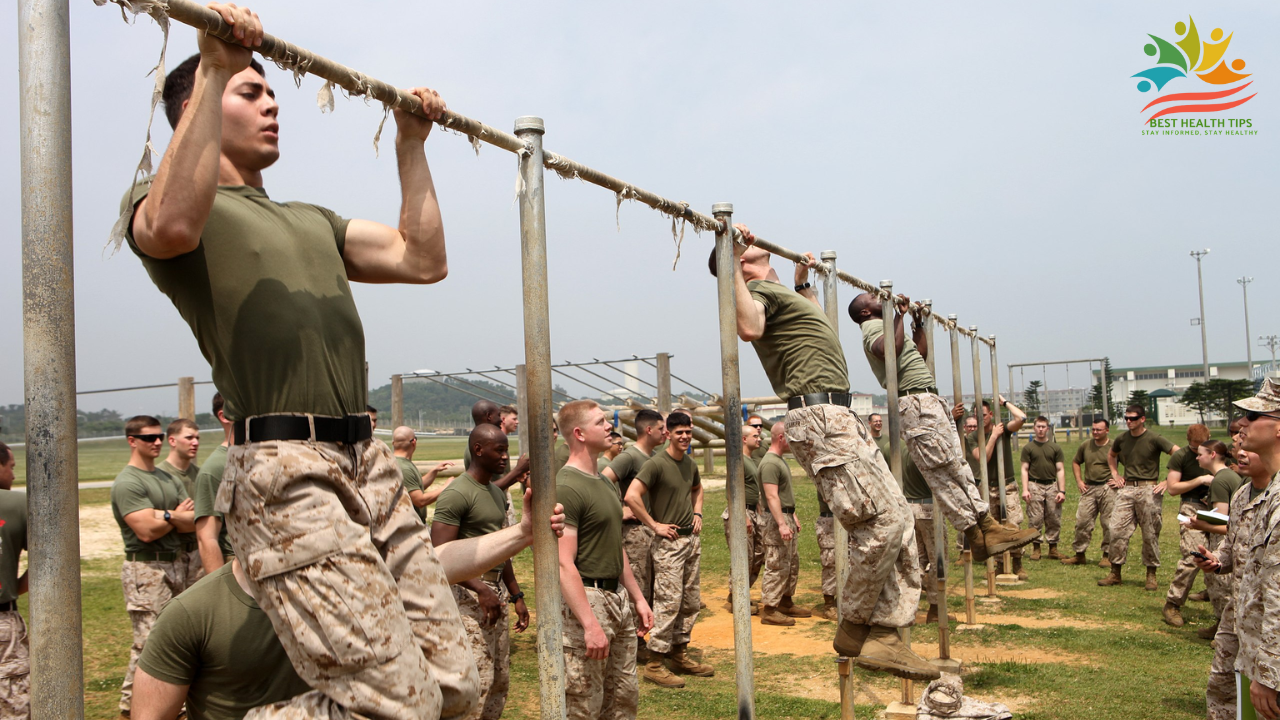Introduction
Us-russia arctic military exercises as an ice covered desert landscape, devoid of people or life. the Arctic today has become a very coveted geopolitical space. This climate change and melting of the ice caps brings in new avenues of unexplored shipping lanes. significant hidden reserves of resources, as well as growing military stakes. In such a context, both United States and Russia have added to their strength and armies in the Arctic. it maneuvers aimed at securing claims over potentially disputed territories there.
Early Arctic Operations
The Arctic hasn’t always been a military hotspot. Indeed, before World War II, few nations saw much value in operating in this frozen wilderness. But boy, has that changed! The region’s strategic importance emerged during the Cold War, when both superpowers realized its potential as a shorter route between continents.
Cold War Legacy
Those games of cat and mouse beneath the ice are where modern Arctic warfare began. And the Cold War left us with:
- Established military bases
- Specialized techniques for Arctic warfare
- Advanced ice-capable vessels
- Years of operational experience
The Strategic Importance of the Arctic
New shipping lanes.

With ice melting, the Northern Sea Route has become accessible for journeys between Europe and Asia within weeks instead of months.
Military advantage.
This would provide a strategic vantage point for monitoring and countering threats against the nation.All these factors have made the Arctic a prime point for contention by the US and Russia, which vie to protect their respective interests and thwart the influence of the other.
United States Military in Arctic Regions
The United States is now strongly committed to its strategic direction on the Arctic towards preventing aggression and ensuring access for navigation. Among its actions includes;
Military Exercises:
The U.S. regularly holds joint exercise drills with NATO allies, simulating combat settings to increase readiness.
Arctic Training Institutes:
It has established several institutions for coldweather training to prepare troops operating in the region.
Modernizing Equipment:
Investing in icebreakers, advanced submarines, and surveillance systems to bolster Arctic capabilities.
Russia’s Arctic Dominance

Russia, with its extensive Arctic coastline and history of polar exploration, has made significant investments to solidify its Arctic dominance. Key actions include:
Renewing Old SovietStyle Bases:
Moscow has reopened some of its Arctic military bases, deploying them with cuttingedge radar and missile systems.
Icebreaker Fleet:
Russia has the largest nuclearpowered icebreaker fleet for yearround access to sea routes.
War Games:
Massscale operations involving as many as hundreds of thousands of troops, warships, and aircraft. illustrate Russia’s willingness to deploy considerable forces to defend its rights in the Arctic.
Recent Actions Over USRussia Arctic Military Exercises
The two nations have recently been stepping up their militarization efforts in the region:
USLed Exercises: The US and its NATO allies held the “Arctic Challenge” exercises. which focused on air combat and maritime security in polar environments.
Russia’s Vostok Exercises: Russia’s massive Vostok exercises showed its ability to rapidly move troops and equipment in Arctic environments.
Cooperative Patrols: Both nations have deployed their warships and submarines into the area to assert dominance. it observe each other’s activities.
Implications for Global Security
The growing exercises between the US and Russia in the Arctic have farreaching implications:
Risk of Escalation:
The proximity of military forces heightens the chances of misjudging situations and, consequently, conflict.
Environmental Degradation:
The increase in military activities through the heavy use of equipment and increased shipping will be another step in degrading the Arctic fragile ecosystem.
Global Competition:
The scramble to control resources and sea lanes will represent a major strain on global agreements and international trade.
Geostrategic Rivalries:
The Arctic region has now become the platform on which USRussian relationships are playing out, having ramifications for their broader international policies and partnerships.
The Diplomatic Role of the Arctic
While military exercises project power, diplomacy is what is required to keep the peace in the Arctic. Programs like the Arctic Council, which provide a forum for the discussion of environmental and developmental issues. it Arctic nations, facilitate dialogueAs the ice melts. the rest of the world must be extremely cautious. so that it turns out to be a zone of peace and cooperation rather than war. The future of this virgin region and its significance in the face of global security is highly dependent on the choices.
| Year/Period | Event/Development |
|---|---|
| 1950s-1960s | Cold War tensions prompt Arctic military activity; US and USSR establish early bases. |
| 1970s-1980s | Strategic interest wanes; Arctic becomes less militarized with Cold War détente. |
| 1990s | Post-Cold War cooperation begins; Arctic Council established to promote collaboration. |
| 2007 | Russia plants a flag on the Arctic seabed, reigniting territorial disputes. |
| 2010s | Melting ice increases focus on Arctic resources and routes; military exercises resume. |
| 2014 | Crimea crisis strains US-Russia relations; Arctic cooperation declines. |
| 2018 | Russia conducts Vostok exercises; US and NATO enhance Arctic readiness. |
| 2020s | US and NATO conduct Arctic Challenge drills; Russia strengthens Arctic bases and fleet. |
FAQs
How does climate change impact the Arctic military operations?
Opens new routes, exposes resources, and creates new challenges and opportunities in operations
Which country has a more significant Arctic military presence?
Russia currently holds more military assets specific to the Arctic, but the US holds significant submarine and air capabilities
How are exercises in the Arctic different than other military exercises?
They require specialized equipment, face extreme weather conditions, and have to factor in unique environmental conditions.
Are these exercises increasing tensions between the US and Russia?
While they can increase regional tensions, they also help establish predictable patterns of behavior and maintain military professionalism
Conclusion
Arctic military exercises between the US and Russia represent a complex dance of power projection, resource protection, and strategic positioning in one of Earth’s most challenging environments. sophisticated.
Read more about Exercise & Fitness and other categories at Best Health Tipss.


